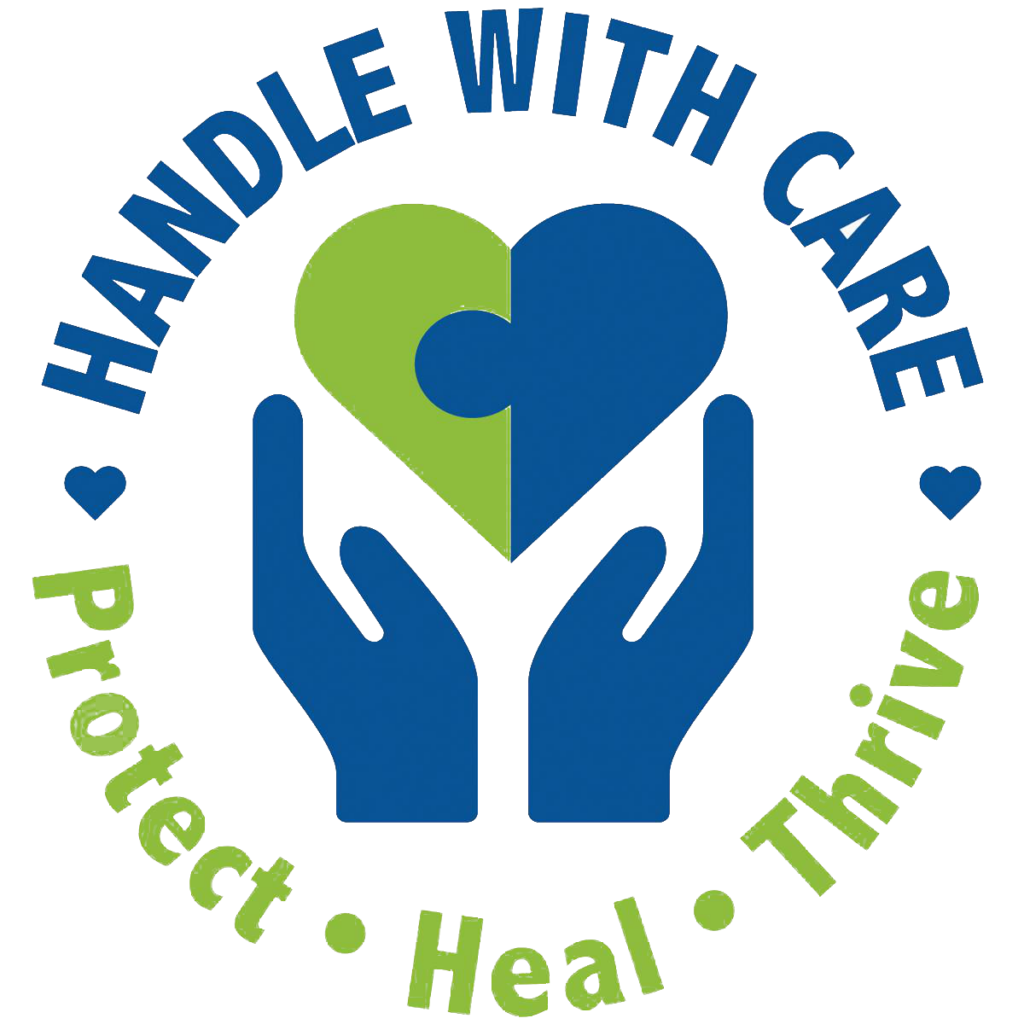What are Coalitions?
Community coalitions are oftentimes one of the only groups working across the entire community environment to address youth alcohol, tobacco and substance use. Many organizations and individuals can impact the individual and address specific aspects of the environment; but, the coalition is the only group that is looking COMPREHENSIVELY at the environment and is seeking to achieve population-level changes to the entire community.
What do they do?
Approaches that target individual users can reach limited numbers of people. Community-based programs that provide direct services to individuals are important partners in a comprehensive community-level response to substance use. Strategies that focus on the availability of the substance and the entire community environment—although more difficult to implement—are likely to impact many more people. For example, information learned by teenagers who attend alcohol prevention classes at school, while important, these individual-focused strategies are limited to those students enrolled in the classes. Chances of keeping youth from using alcohol are greater if those classes are part of a comprehensive strategy that also includes local ordinances that limit billboards and other advertising near local schools, and community-wide policies that mandate responsible beverage service training as part of the alcohol licensing process. These strategies, when coupled with increased funding for compliance checks and increased fines for violations, ensure that alcohol retailers are less likely to sell to minors and combined, the strategies will have an even greater impact. Such environmental-focused strategies target the substance (e.g., the availability of alcohol) and the environment (e.g., implementing policies to reduce youth access). The role of the coalition is to identify or coordinate the implementation of these comprehensive strategies.
STRATEGIC PREVENTION FRAMEWORK

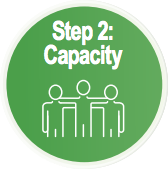

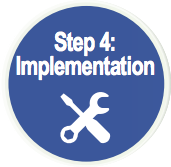

How Does the SPF Work?
A 5-Step Systematic and Measurable Approach

One Johns Creek partners with the DFC initiative which uses the Strategic Prevention Framework (SPF) developed by the U.S. Department of Health and Human Services Substance Abuse and Mental Health Services Administration (SAMHSA). The SPF’s seven elements guide coalitions in developing the infrastructure needed for community-based public health approaches leading to effective and sustainable reductions in substance misuse. The elements shown include:
- Assessment. Collect data to define problems, resources, and readiness within a geographic area to address needs and gaps.
- Capacity. Mobilize and/or build capacity within a geographic area to address needs.
- Planning. Develop a comprehensive strategic plan that includes policies, programs, and practices creating a logical, data-driven plan to address problems identified in assessment.
- Implementation. Implement evidence-based prevention programs, policies, and practices.
- Evaluation. Measure the impact of the SPF and its implemented programs, policies, and practices.
- Cultural Competence. The ability to interact effectively with members of diverse populations.
- Sustainability. The process of achieving and maintaining long-term results.
STRATEGIES FOR COMMUNITY CHANGE
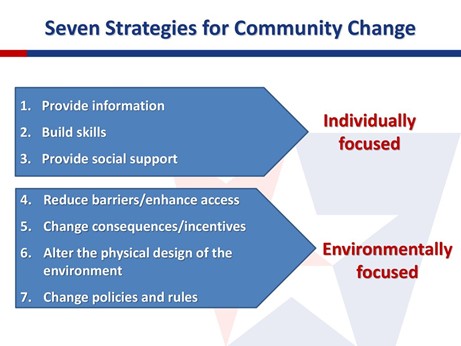
Community Level Change
Seven Strategies for Community Change by CADCA, Community Anti-Drug Coalitions of America
Focusing both on the individual and the community

12 Sectors For Involvement
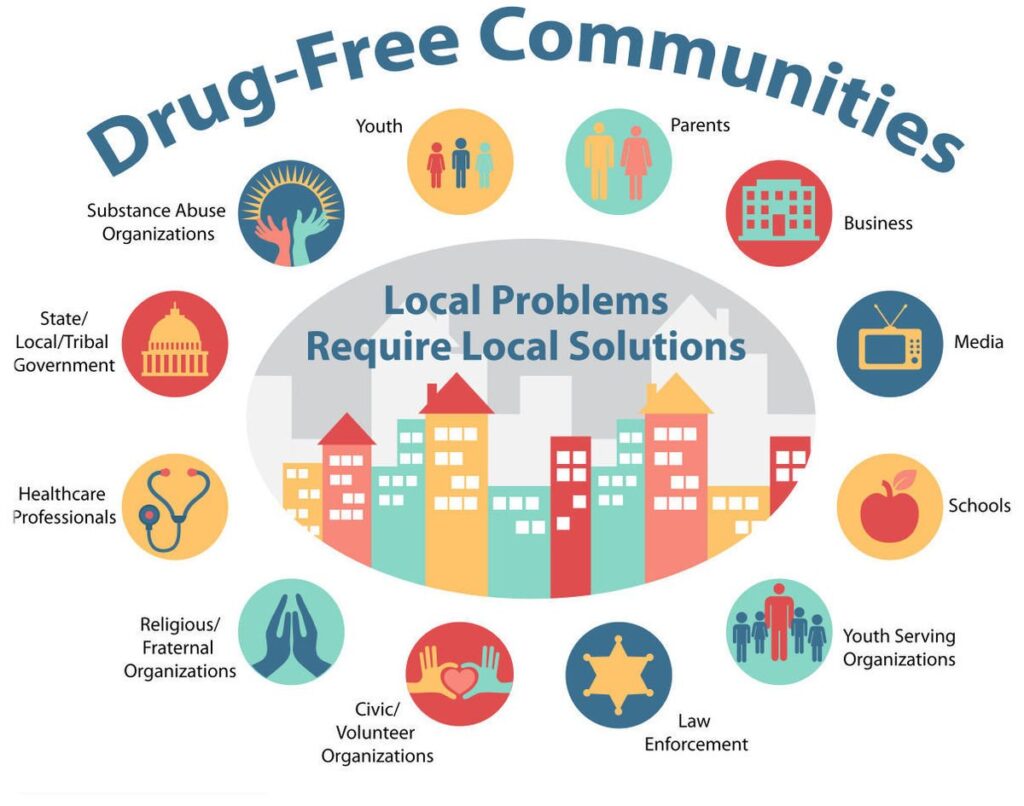
- Youth
- Parent
- Business
- Civic/Volunteer
- Media
- School
- Youth Serving
- Healthcare
- Law Enforcement
- Religious/Fraternal
- Org Involved in Reduction of Substance Misuse
- Agency with Expertise in the Field of Substance Abuse

